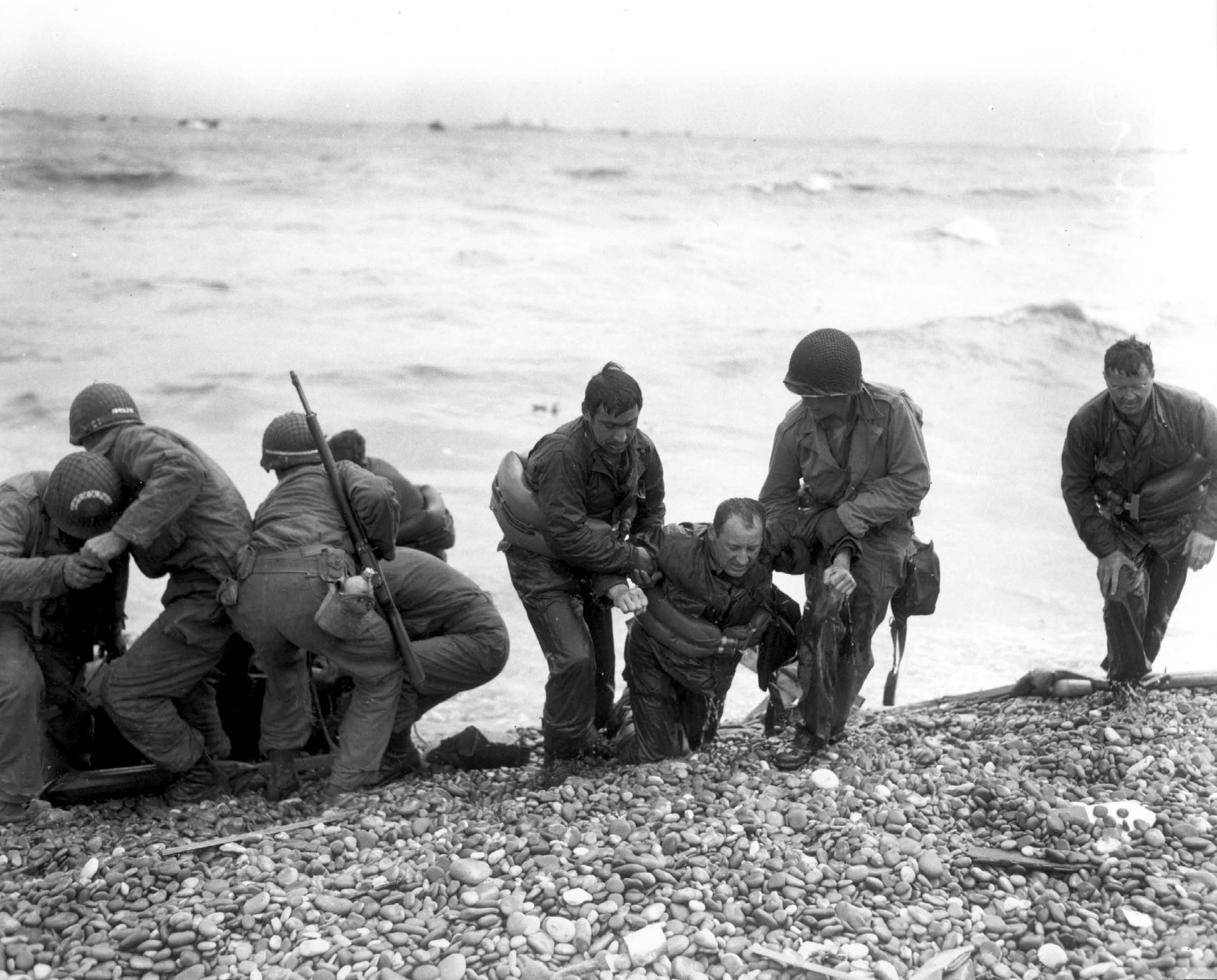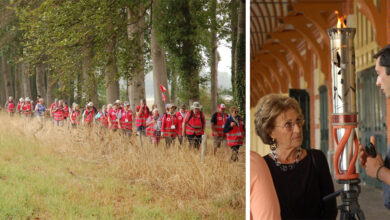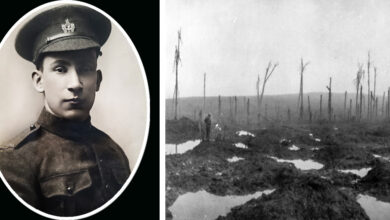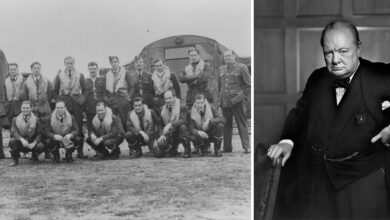Getting AwayRemembering
Anniversary of D-Day and Battle of Normandy
June 6 marks the 71st anniversary of Canadian troops storming Juno Beach in Normandy, France, as part of the Allied assault to break the grip of Nazi Germany on Western Europe. D-Day was a battle that changed the course of the Second World War where Canada paid greatly.
“Canada’s triumph came with great sacrifice—of the more than 90,000 Canadians who served in the Battle of Normandy, more than 5,000 gave their lives,” said Minster of Veterans affairs Erin O’Toole.
With the 5 a.m. sunrise over the Normandy coast June 6 D-Day commenced. Within an hour, the lead landing crafts were away from the ships. Allied soldiers scrambled ashore as planes attacked German positions, and paratroopers secured a hold further inland. Royal Canadian Air Force Lancaster bombers and Spitfires supported the invasion.
Approximately 155,000 soldiers, 5,000 ships and landing craft, 50,000 vehicles and 11,000 planes set for the battle. Two hours after landing, the German defences at Juno Beach had been shattered and Canada had established the beachhead.
Attending an event in France to mark the event O’Toole issued a statement to mark the anniversary of D-Day and the Battle of Normandy.
“In honour of the greatest combined military force assembled during the Second World War launching onto French beaches June 6, 1944 O’Toole remarked, “Today, we remember the courageous Canadians who made the ultimate sacrifice and the countless others who came home wounded in body and in spirit. The freedom and opportunities of today would not be possible if not for their brave service to this country. We will forever remember the men and women who served and those who continue to serve for our freedom.”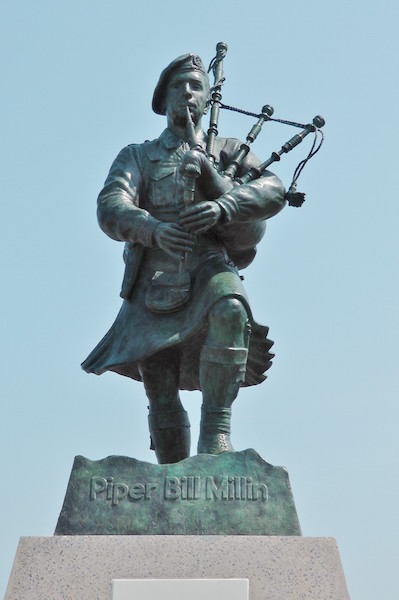
Canada had been given the mission of taking one of five beaches where Allied forces were scheduled to land to begin the liberation of Europe from Nazi Germany.
It was the greatest seaborne invasion in history and the mission aimed to claim 80 kilometres of mostly flat, sandy beach along the Normandy coast, between the Seine River and the jutting Cotentin Peninsula. Canada’s objective was right in the middle.
“During D-Day, Canadian soldiers bravely fought and overcame fierce enemy opposition to advance deeper inland than any other Allied force,” O’Toole’s statement noted.
Minister of Defence Jason Kenney also issued a statement noting how all three elements: air force, army and navy worked together to begin the liberation of Europe.
“Seventy-one years ago, Canadian, British, and American paratroopers dropped from the skies, and Canadian Army soldiers on landing craft came ashore on the beaches of Normandy in France.
“Royal Canadian Air Force squadrons were bombing and providing air support. Meanwhile Royal Canadian Navy minesweepers cleared channels as other ships patrolled for U-boats and shelled enemy defences ashore. Operation Overlord – or D-Day as it became known – began the successful campaign to liberate Europe from fascist tyranny.”
The Canadians who landed on Juno Beach were considered part of Britain’s Second Army, under the command of British Lt. General Miles Dempsey, who had served in North Africa and Italy with the overall British commander, Bernard Montgomery.
The units were from across the country, from east to west, from the North Nova Scotia Highlanders to the Canadian Scottish from Victoria.
Kenney thanked the Veterans of D-Day and Canadian Armed Forces for their service.
Get More! Receive six issues of Canadian Military Family Magazine in your mail box for only $17.95! Click here to subscribe NOW!


